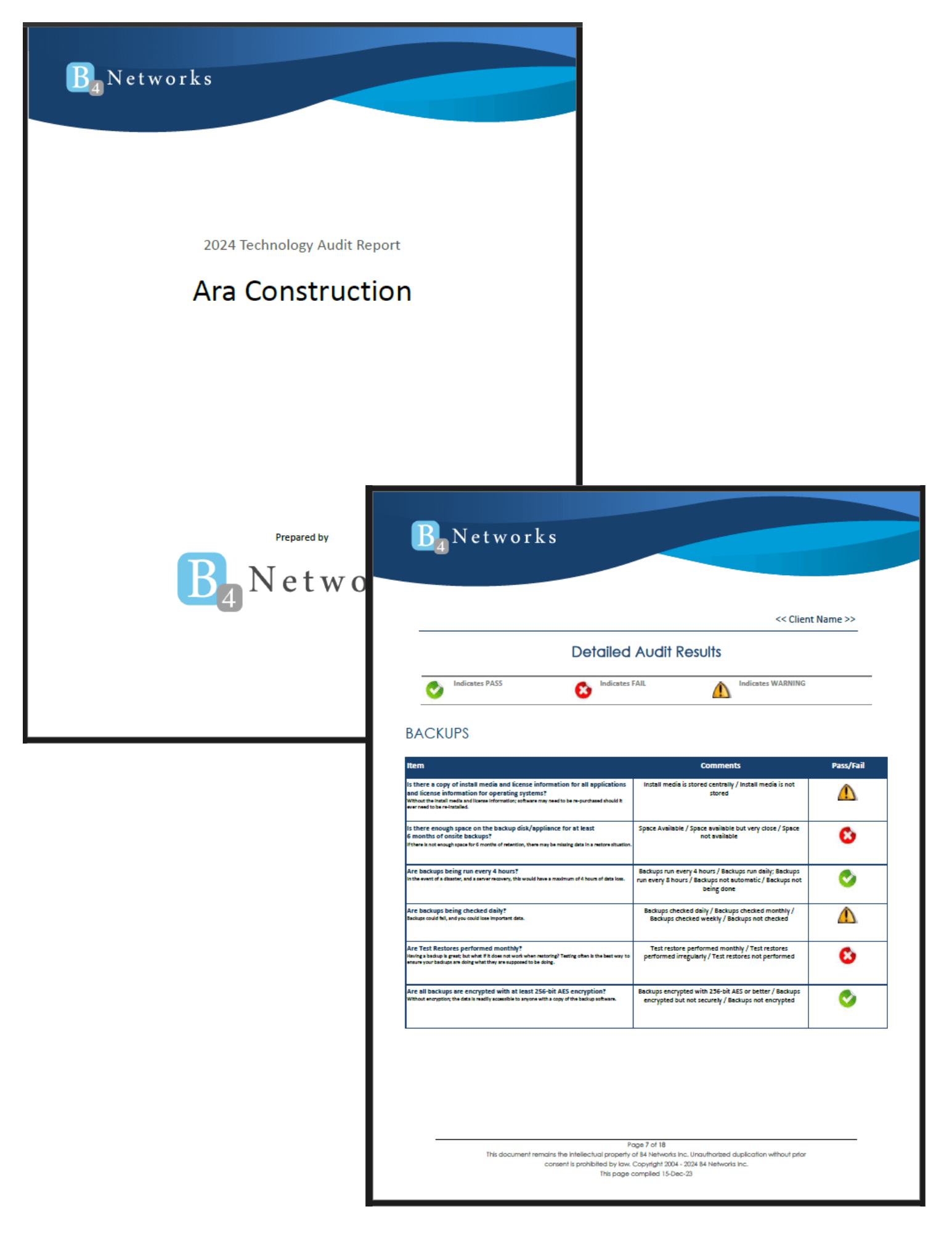Authored by: Bryan Lachapelle, President & CEO
 Let’s be honest—leading a long-term care home today feels like balancing a dozen plates in a windstorm. Between RHRA inspections, family calls, and tech that’s supposed to “just work,” it’s no wonder you’ve got zero time for shadow threats.
Let’s be honest—leading a long-term care home today feels like balancing a dozen plates in a windstorm. Between RHRA inspections, family calls, and tech that’s supposed to “just work,” it’s no wonder you’ve got zero time for shadow threats.
But there’s one digital risk that’s quietly growing behind the scenes—and it could unravel all the compliance work you’ve done.
It’s called Shadow IT, and it’s not something we can afford to ignore anymore.
What Is Shadow IT—And Why Should You Care?
Shadow IT is when your team uses apps, software, or online tools without IT approval. Think:
- A nurse saving care notes on her personal Google Drive.
- The admin team texting shift swaps through WhatsApp.
- Someone in recreation testing out a free scheduling tool that hasn’t been vetted.
It’s not done maliciously—most of the time, it’s a good-intentioned workaround. But in the LTC world, even one small slip in data control can trigger a PHIPA violation… or worse, a ransomware breach that locks down your EMR in the middle of medication rounds.
How Shadow IT Sneaks In
Here’s the thing: Shadow IT doesn’t always look like danger.
Sometimes it shows up as:
- “I just wanted to share this file quickly.”
- “We needed something easier than the approved tool.”
- “The Wifi was slow, so I used my personal device.”
But every app that flies under your IT radar becomes a door that a hacker—or a privacy auditor—can walk through.
Why LTC Leaders Like You Need to Act Now
In our sector, the stakes are higher. You’re not just protecting business data. You’re safeguarding resident histories, medication records, and deeply personal information.
When Shadow IT goes unchecked, it puts everything at risk:
- Data Leaks – Personal health info stored on unapproved tools is vulnerable.
- No Patches or Updates – Your IT partner can’t secure what they don’t know exists.
- Compliance Failures – RHRA and PHIPA don’t make exceptions for “Oops, I didn’t know.”
- Malware Access Points – Unauthorized apps are often riddled with security holes.
And let’s not forget the emotional toll. Imagine the stress of calling families after a breach—or trying to explain to the board why a staffer’s shortcut led to legal trouble.
Real-World Wake-Up Call: What One Fake App Can Do
Not long ago, security researchers uncovered over 300 malicious apps on the Google Play store. They looked harmless—fitness trackers, health journals, even productivity boosters.
But behind the scenes? These apps ran ads, stole credentials, and hid themselves once installed.
Now imagine one of your team members, trying to “do better,” downloads something like that onto a work device.
You don’t need more stress. And you don’t need more tech drama. You need peace of mind.
So, What Can You Do?
Here’s where we bring the calm back in:
1. Make An Approved Apps List
Work with your MSP (hopefully one that specializes in LTC!) to build a list of safe, supported tools. Post it. Share it. Update it.
2. Set Clear Boundaries
Staff can’t follow rules they’ve never seen. Make sure everyone knows what’s off-limits—and why.
3. Educate Without Shaming
Most Shadow IT is born from frustration, not defiance. Regular training and gentle reminders go further than finger-wagging.
4. Monitor for the Unseen
Ask your IT partner about monitoring tools that spot unapproved software or data-sharing activity before it becomes a threat.
5. Lock Down Your Endpoints
Whether it’s a tablet at the nurse’s station or the director’s laptop, your devices need real-time protection, not just antivirus from 2012.
Let’s Stop Shadow IT Before It Steals Your Sleep
You’ve worked too hard to let an invisible threat undo it all.
If you’ve ever worried that staff might be using tools you didn’t authorize—or if you’re unsure whether your systems are truly compliant—now’s the time to act.
We offer a FREE Network Security Assessment for LTC facilities like yours. No jargon. No judgment. Just a clear, honest look at where you stand and how to fix what’s lurking in the shadows.
Let’s make your IT something you never have to worry about again. Click here to book your FREE Security Assessment now.



